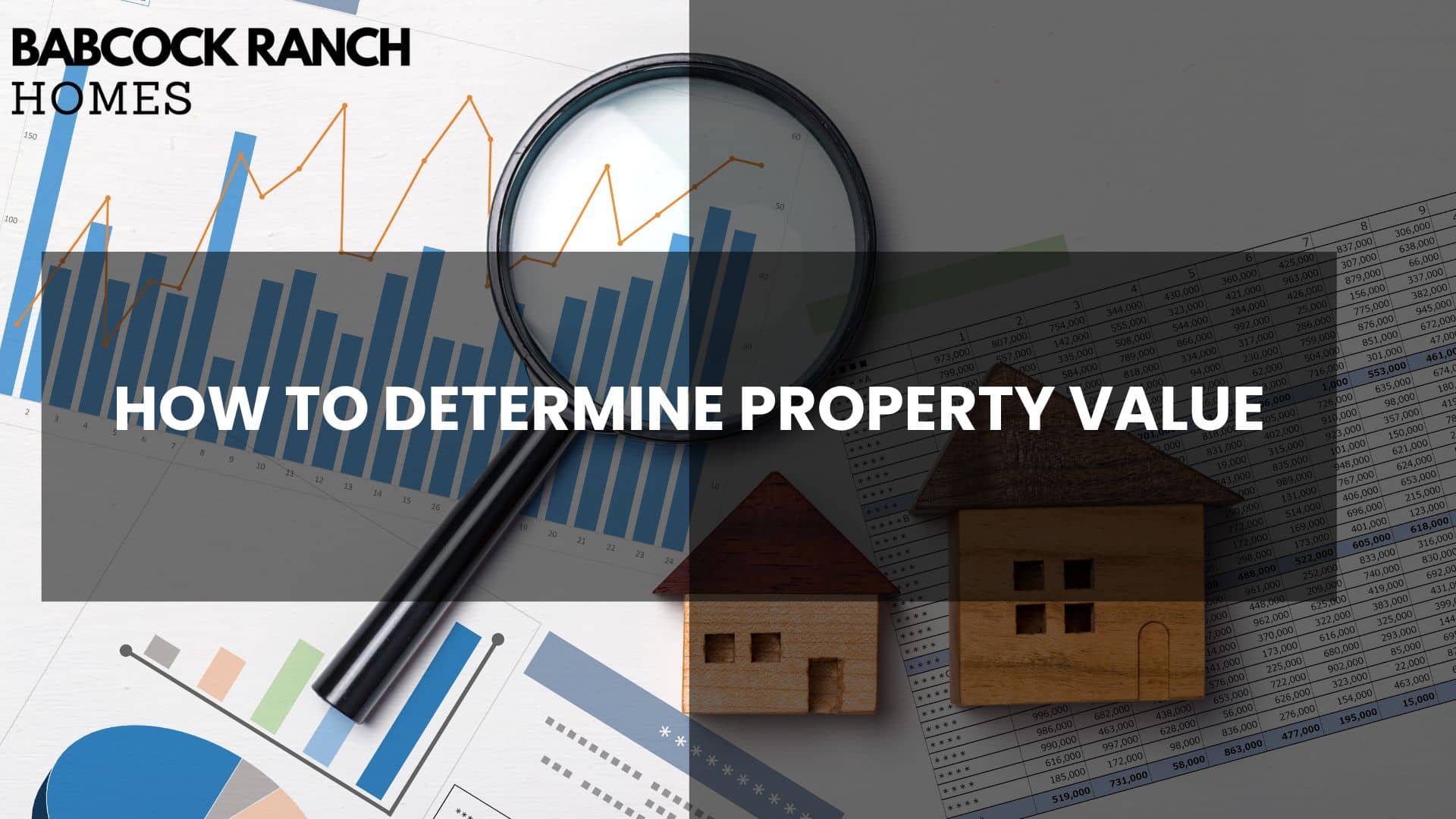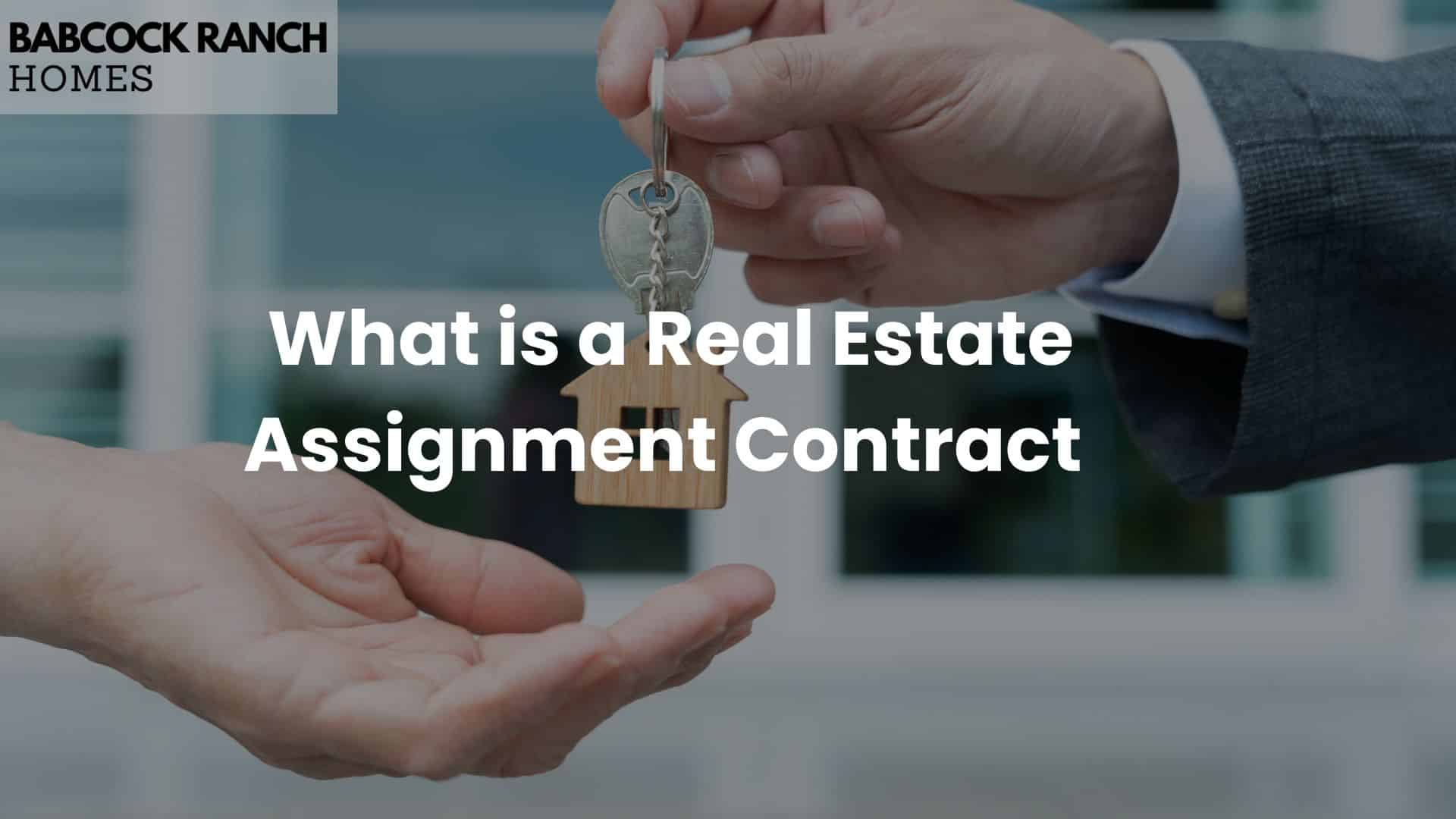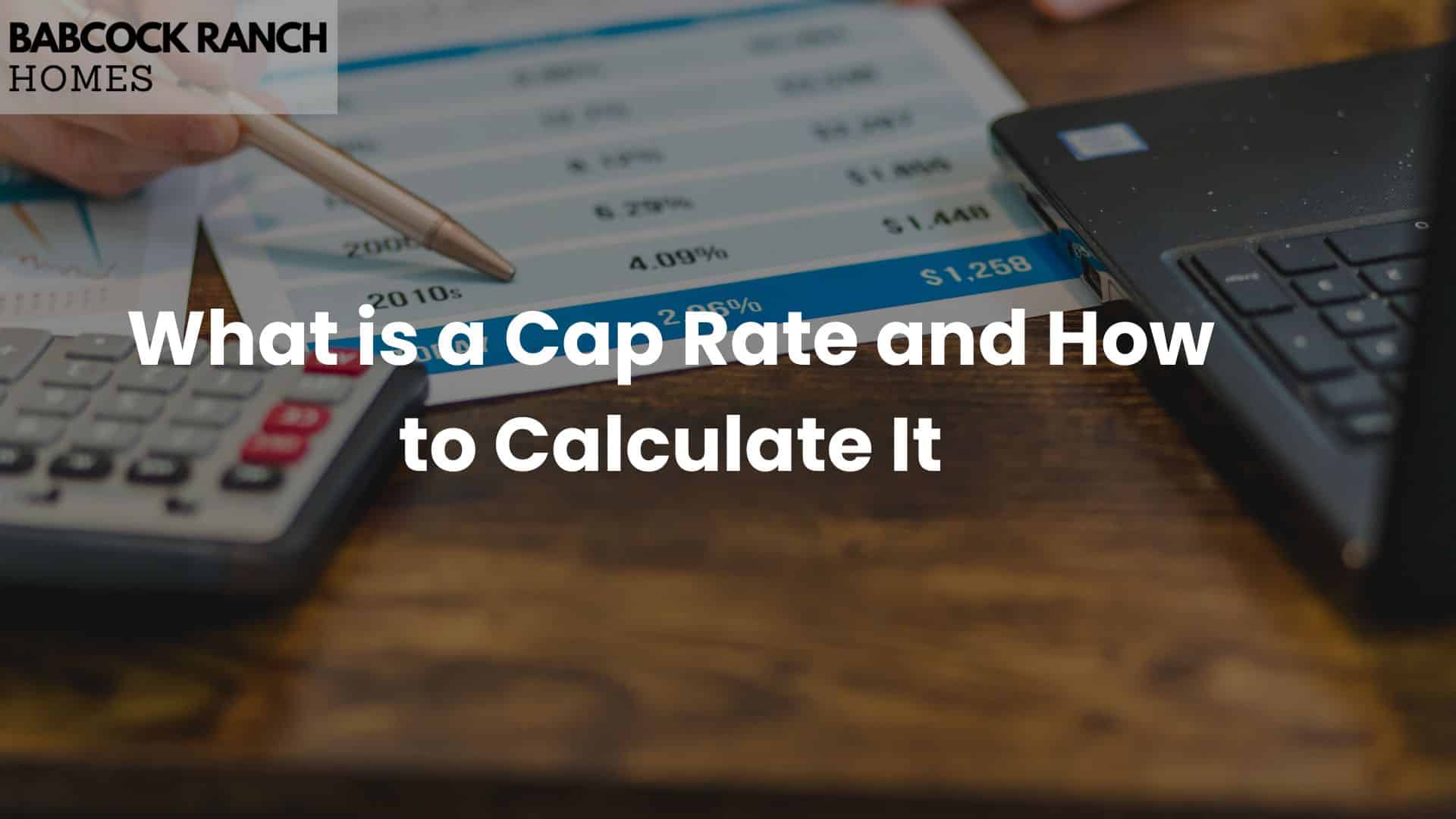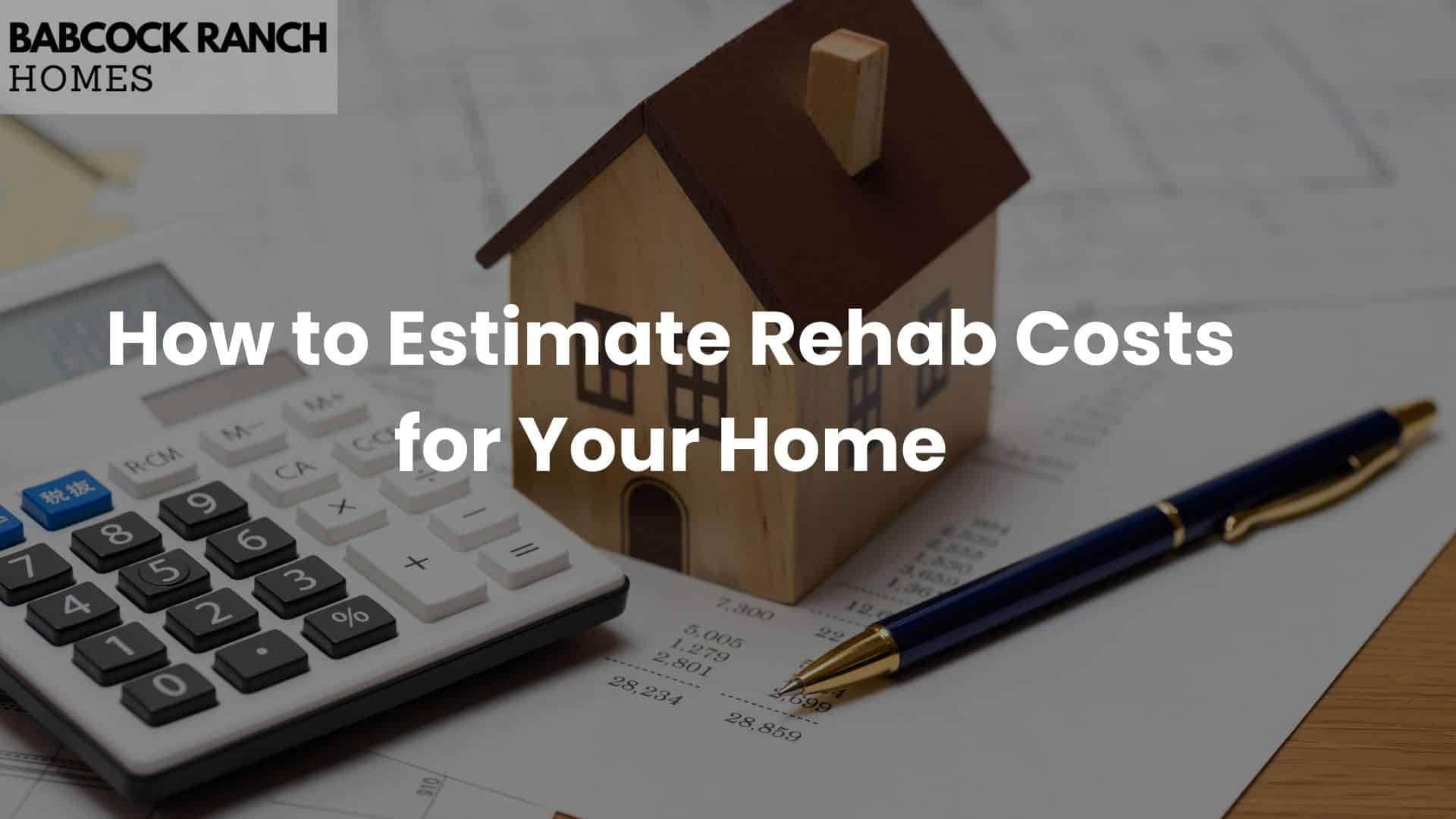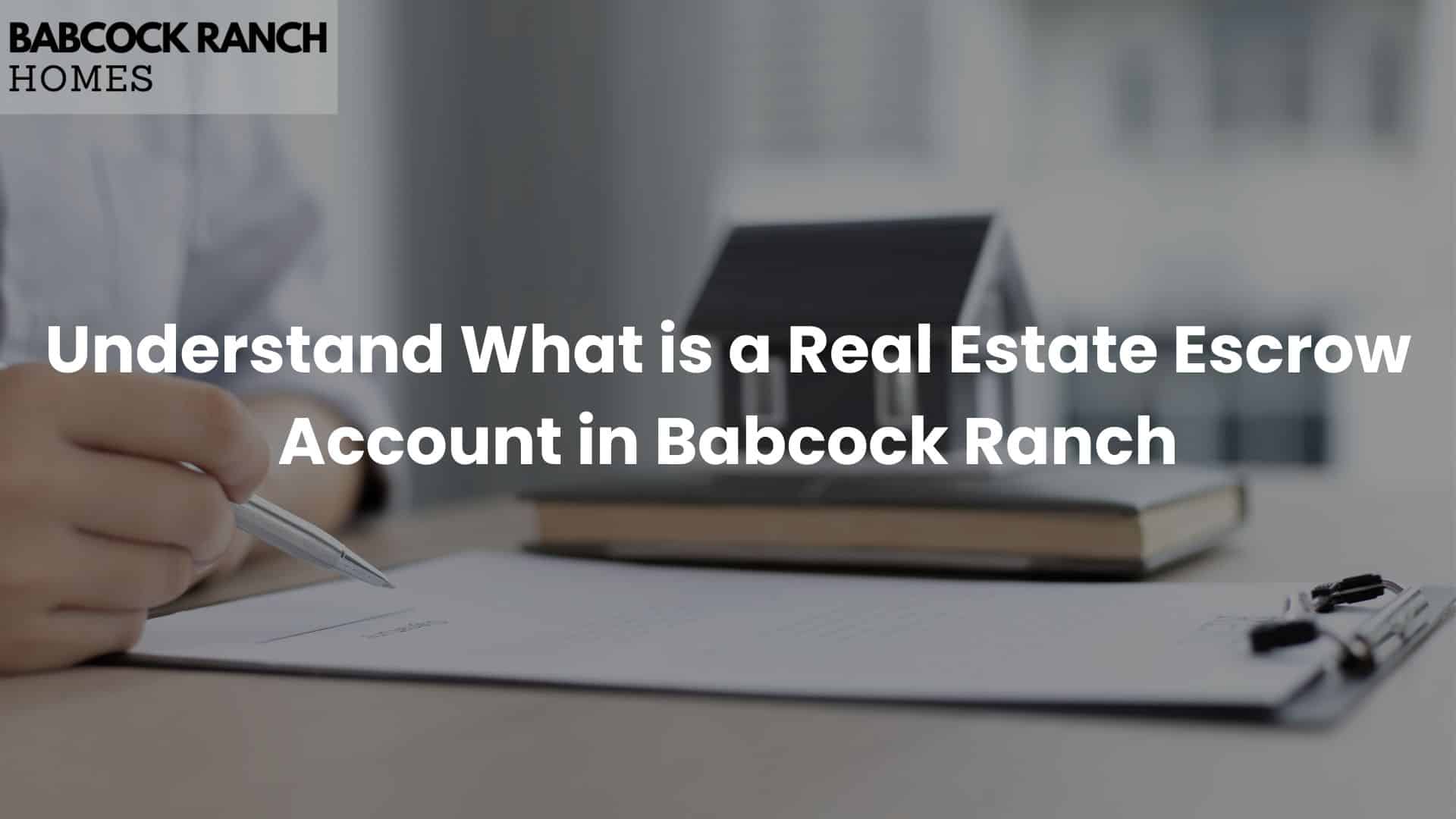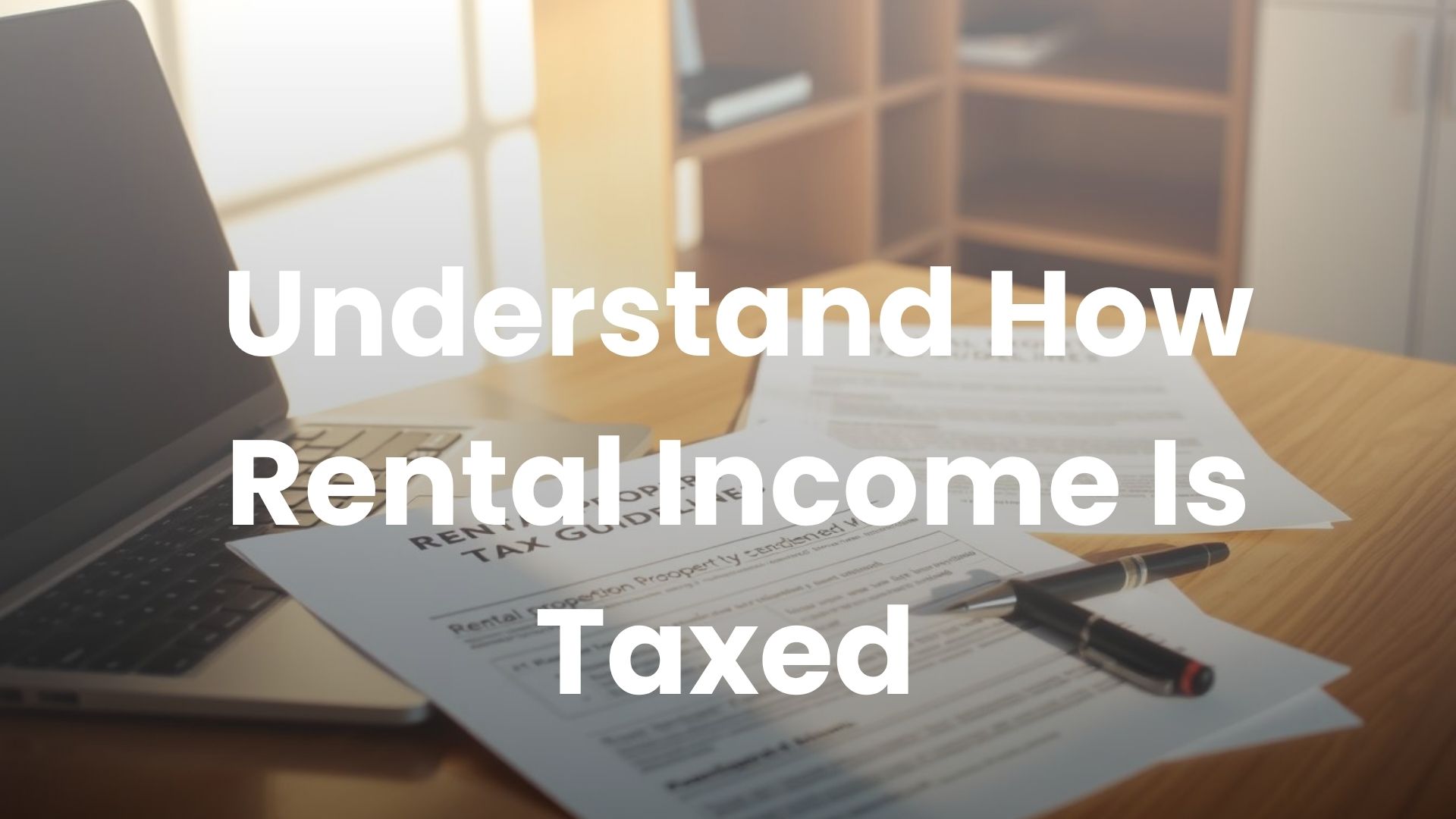
Owning leasing assets in Babcock Ranch, Florida, offers opportunities but comes with financial responsibilities. The IRS requires property owners to report earnings from short-term or long-term arrangements. These funds are treated like other taxable earnings, requiring accurate documentation and adherence to federal guidelines.
Babcock Ranch Homes specializes in helping clients navigate these obligations. Whether managing residential spaces or commercial units, understanding deductible expenses like maintenance or mortgage interest is critical. Deadlines for filings typically align with annual tax schedules, though exceptions may apply for certain lease types.
Local investors benefit from partnering with experts who simplify complex regulations. Our team at Babcock Ranch Homes (518-569-7173) provides tailored advice to ensure compliance while maximizing financial benefits. This foundational knowledge prepares you for deeper insights into optimizing your real estate strategy.
Key Takeaways
- Property earnings must be reported to the IRS annually.
- Deductible expenses can reduce taxable amounts from leased spaces.
- Federal deadlines vary based on property use and lease terms.
- Babcock Ranch Homes offers localized expertise for Florida investors.
- Proper documentation ensures smoother audits or reviews.
Overview of Rental Income Taxation
The IRS defines earnings from leased properties as taxable, whether from short-term stays or annual agreements. Property owners must track all payments received, including rent, fees, and non-refundable deposits. This revenue falls under ordinary income, which differs from capital gains earned through property sales.
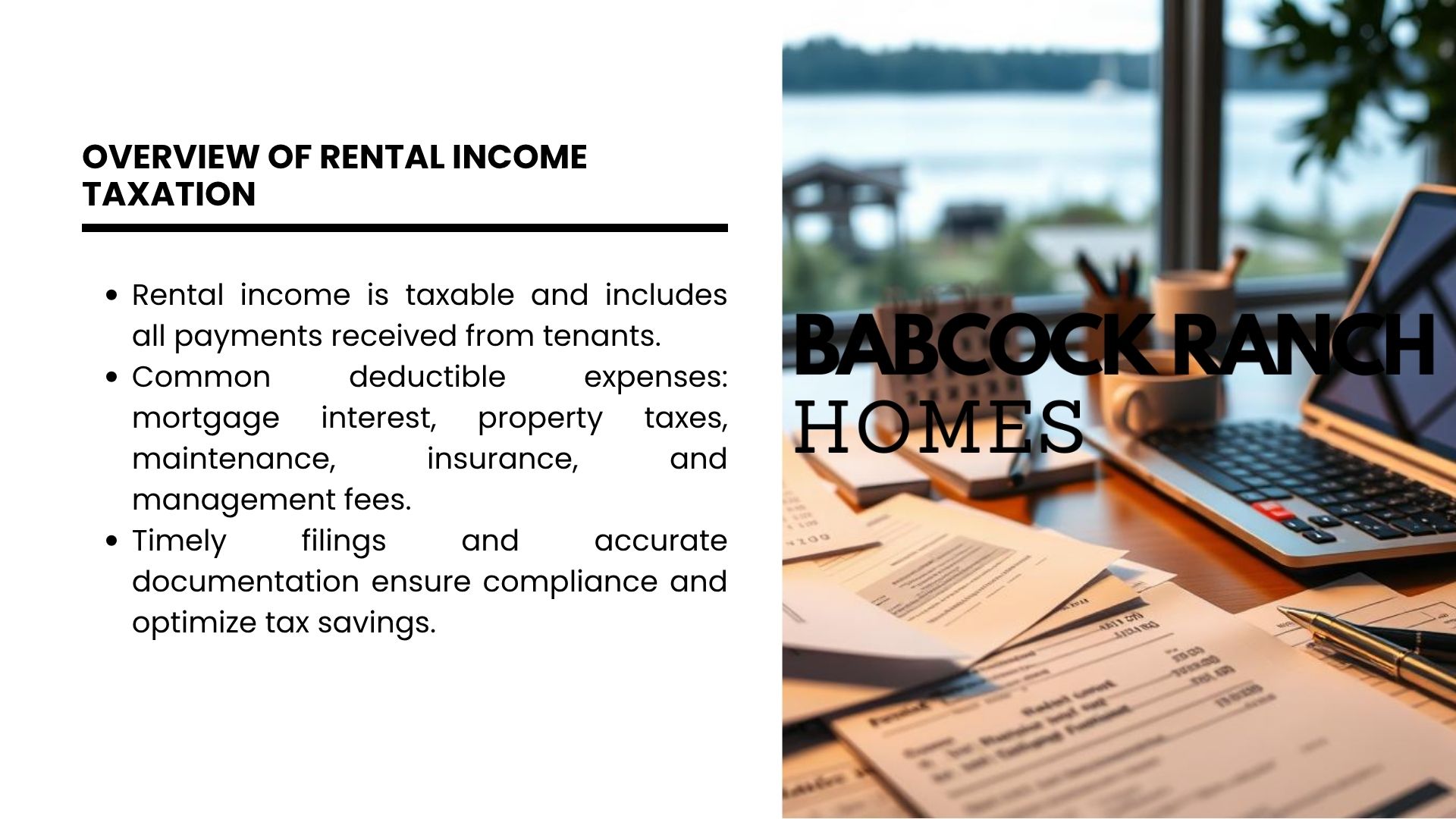
Key Tax Considerations for Landlords
Managing a property involves balancing revenue with allowable deductions. Common deductible income expenses include:
- Mortgage interest and property taxes
- Maintenance costs and repairs
- Insurance premiums and management fees
One Babcock Ranch Homes client shared:
“Organizing receipts monthly saved hours during tax season.”
Proper documentation ensures you maximize write-offs while staying compliant.
IRS Reporting Requirements
All earnings must be reported on your tax return, typically using Schedule E. The IRS distinguishes between active participation and passive investments, affecting how losses are claimed. For example, passive losses might only offset passive gains.
Babcock Ranch Homes advisors emphasize timely filings. Missing deadlines can trigger penalties, even for first-time investors. Their team simplifies complex rules, helping clients navigate forms like 1040 and avoid common pitfalls.
How Rental Income is Taxed
Understanding the IRS framework for leased assets ensures compliance and maximizes returns. Earnings from properties must be documented as ordinary income, distinct from capital gains. This includes payments for stays, fees, and retained deposits.
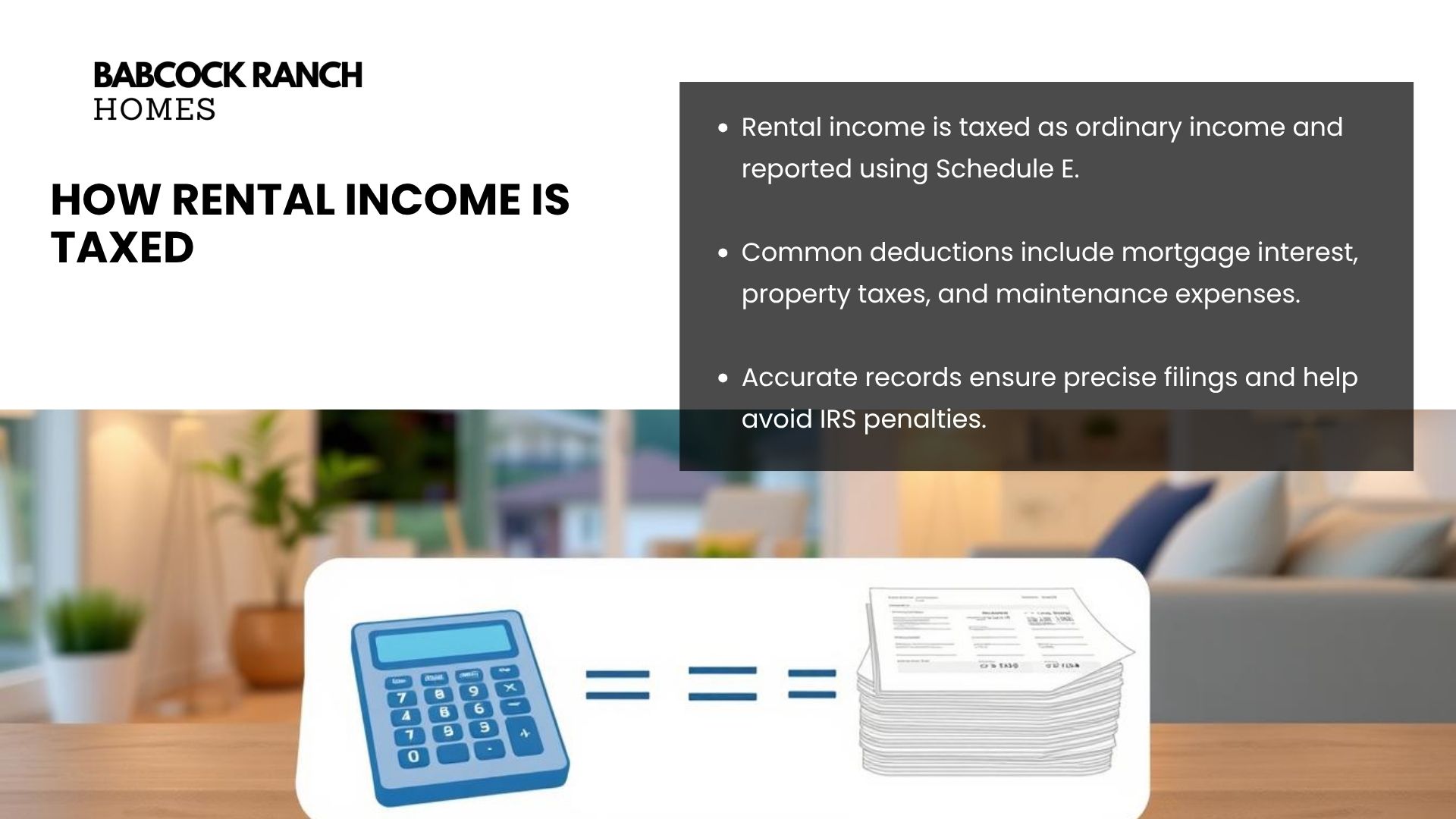
Most owners report rental earnings using Schedule E alongside Form 1040. Gross amounts include all payments received, while net figures deduct allowable expenses like maintenance or utilities. One Babcock Ranch Homes advisor notes:
“Accurate bookkeeping turns complex filings into manageable tasks.”
Common costs that reduce taxable amounts include:
- Mortgage interest and insurance
- Utility bills and landscaping
- Local property tax assessments
For example, a $2,000 monthly lease with $600 in expenses yields $1,400 in net taxable earnings. Babcock Ranch Homes helps clients track these metrics, ensuring precise filings. Clear records also simplify audits or reviews by tax authorities.
Timely submissions via Form 1040 prevent penalties. Partnering with experts familiar with Florida’s regulations streamlines the process, letting owners focus on growth.
Calculating Total Rental Income
Accurately determining earnings from property leases requires understanding every financial component. Payments beyond monthly checks often influence final figures, making detailed tracking essential for compliance.
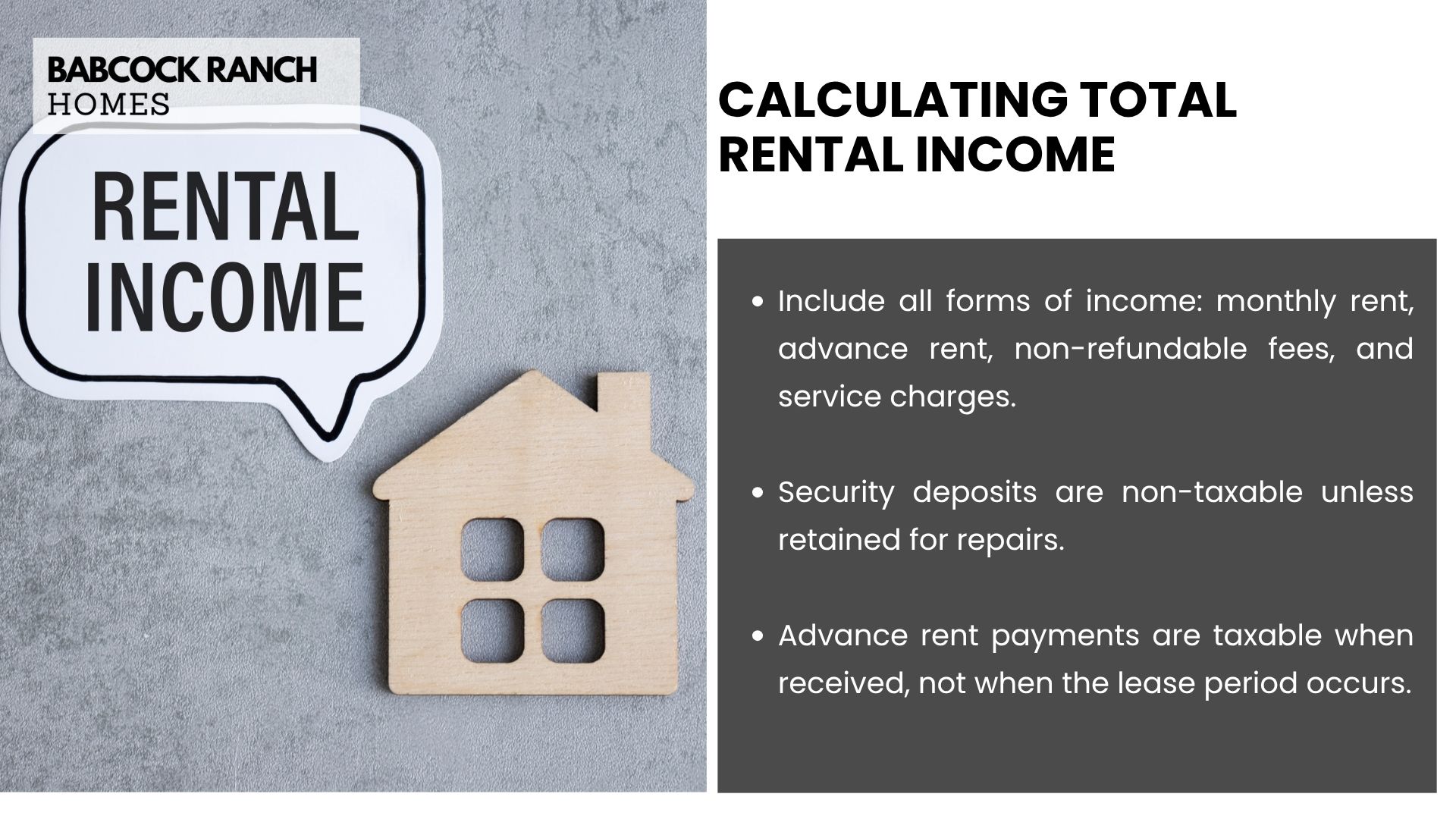
Components of Rental Income
Owners must account for all funds received through residential agreements. Regular monthly payments form the base, but additional sources include:
- Advance rent paid for future periods
- Non-refundable pet or cleaning fees
- Service charges for amenities like parking
Advanced Rent, Fees, and Security Deposits
Security deposits create unique reporting scenarios. These funds remain non-taxable if returned to tenants but become part of taxable earnings if retained for repairs. A Babcock Ranch Homes specialist explains:
“Labeling deposits separately in accounting software prevents accidental inclusion as revenue.”
Advance rent payments count as income when received, not when the period occurs. For example, a $1,200 payment covering next January’s lease must be reported in the current tax year. This distinction helps avoid discrepancies during reviews.
Clear categorization protects owners from overreporting while ensuring compliance. Partnering with local experts streamlines documentation, turning complex calculations into actionable insights.
Reporting Rental Income on Your Tax Return
Accurate documentation of property earnings ensures compliance and maximizes potential savings. Most owners use Schedule E (Form 1040) to summarize revenue and costs. This form links directly to your personal tax filings, creating a clear financial picture for the IRS.
Utilizing Schedule E and Form 1040
Schedule E captures all earnings and deductible costs from leased spaces. You’ll report gross amounts first, then subtract approved expenses like repairs or insurance. One Babcock Ranch Homes specialist advises:
“Group expenses by category—maintenance, utilities, fees—to simplify Schedule E entries.”
Net figures transfer to Form 1040, impacting your overall tax liability. Errors here could delay refunds or trigger audits.
Additional Forms and Depreciation Reporting
Properties lose value over time, which the IRS allows you to deduct annually. Form 4562 calculates depreciation, spreading costs across 27.5 years for residential assets. This process requires:
- Original purchase price and land value
- Date the property became available for lease
- Depreciation method (usually straight-line)
| Form | Purpose | When Required |
|---|---|---|
| Schedule E | Report earnings and expenses | All property filings |
| Form 4562 | Depreciation calculations | First year and major improvements |
| Form 1040 | Personal income summary | Annual tax filings |
Maintain organized records for each tax year. Digital tools like cloud storage or accounting software help track receipts and payments. Babcock Ranch Homes clients who adopt this approach often reduce filing time by 40%.
Deductible Rental Expenses and Tax Breaks
Property owners can significantly reduce their tax obligations by understanding eligible write-offs. Strategic tracking of operational costs transforms ordinary spending into valuable deductions. This approach keeps more earnings in your pocket while maintaining IRS compliance.

Common Deductible Expenses
Everyday costs tied to property management often qualify for deductions. Examples include:
- Advertising fees for listing vacancies
- Cleaning services between tenants
- Utility bills paid by the owner
- Repairs like fixing leaks or repainting
“Categorizing expenses weekly helped me claim $2,300 in overlooked deductions last year,”
shared a Babcock Ranch Homes client. Keep receipts organized digitally or in labeled folders for easy access during tax preparation.
Qualified Business Income Deduction
The QBI deduction allows certain owners to deduct up to 20% of their net business earnings. Eligibility depends on:
| Requirement | QBI Deduction | Non-QBI Deduction |
|---|---|---|
| Business Structure | Pass-through entities | Corporate structures |
| Income Threshold | Below $170,050 (single) | Above threshold |
| Property Type | Active participation | Passive investments |
Depreciation schedules impact QBI calculations. Work with a tax professional to determine if this applies to your situation. Proper documentation ensures you don’t miss these opportunities.
Differentiating routine costs from capital improvements prevents audit triggers. Replace a broken window? Deductible repair. Install energy-efficient windows? Capital improvement. Systematic recordkeeping turns complex rules into actionable savings.
Depreciation Methods for Rental Property
Spreading property costs over time helps owners recover investments while lowering annual tax obligations. The IRS allows depreciation deductions for both residential and commercial assets, but methods differ based on property type and ownership goals.
Straight-Line Depreciation Explained
This standard method divides a property’s value evenly over its useful life. Residential buildings typically use 27.5 years, while commercial spaces use 39 years. For example:
- $275,000 home (excluding land value)
- $10,000 annual deduction ($275,000 ÷ 27.5)
A Babcock Ranch Homes advisor notes:
“Straight-line offers predictable savings—ideal for long-term residential investors.”
Alternative Approaches for Specific Situations
Commercial properties sometimes benefit from accelerated methods:
| Method | Best For | Calculation | IRS Form |
|---|---|---|---|
| Declining Balance | Short-term holdings | Higher early-year deductions | 4562 |
| Bonus Depreciation | Qualified improvements | 100% first-year write-off | 4562 |
Bonus options apply to specific upgrades like roof replacements or security systems. Florida investors should consult tax professionals to align strategies with estate planning goals.
Proper method selection impacts multiple tax filings. Residential owners usually prefer simplicity, while commercial investors might prioritize upfront savings. Babcock Ranch Homes helps clients choose approaches that complement their financial timelines.
Handling Security Deposits and Advance Rent
Managing tenant payments requires clear understanding of IRS guidelines for different fund types. Security deposits and advance rent have distinct tax implications that affect annual filings. Proper categorization prevents errors and ensures accurate reporting.

Documentation Strategies for Compliance
Security deposits remain non-taxable unless retained for repairs or unpaid obligations. For example, a $1,500 deposit returned to a tenant stays off your tax forms. If $500 is kept to fix wall damage, that amount becomes taxable earnings.
Advance rent must be reported as income in the year received. A $2,000 payment covering next January’s lease appears on this year’s Schedule E. This timing rule applies regardless of when the funds are used.
| Fund Type | Taxable Event | Reporting Time | Documentation Needs |
|---|---|---|---|
| Security Deposit | Only if withheld | Year withheld | Damage invoices |
| Advance Rent | Always taxable | Year received | Lease agreements |
A Babcock Ranch Homes client shared:
“Organizing digital folders for each tenant’s payments simplified our annual filings.”
Best practices include:
- Maintaining separate bank accounts for deposits and revenue
- Labeling payments with dates and purposes
- Storing repair receipts for three years post-filing
These steps align recordkeeping with IRS expectations while protecting your deductions. Proper management of properties reduces audit risks and supports claims for services like maintenance or legal fees.
Differentiating Repairs and Improvements
Property owners often face confusion when categorizing expenses for leased spaces. Clear distinctions between maintenance work and upgrades determine immediate deductions versus long-term depreciation strategies.
What Qualifies as a Repair?
Repairs restore properties to original condition without adding value. These costs are fully deductible in the year they occur. Common examples include:
- Fixing broken window panes
- Replacing worn-out faucets
- Patching minor roof leaks
“Labeling receipts as ‘repair’ or ‘improvement’ during transactions prevents tax season headaches,”
notes a Babcock Ranch Homes property manager. Quick fixes that maintain functionality typically fall into this category.
When Expenses Become Improvements
Improvements enhance property value or extend its lifespan. These costs require capitalization and depreciation over multiple years. Key characteristics include:
| Category | Definition | Tax Treatment | Example |
|---|---|---|---|
| Repairs | Restores existing function | Full deduction | Fixing a toilet |
| Improvements | Adds new functionality | Depreciated | Installing solar panels |
Replacing an entire HVAC system or remodeling a kitchen illustrates capital improvements. Proper classification affects your schedule for deductions and long-term financial planning.
Compliance with Passive Activity Loss Rules
Navigating IRS passive activity regulations ensures property owners avoid costly missteps. These rules limit deductions when expenses exceed earnings from leased assets, particularly for investors not materially involved in management. Understanding these guidelines helps maximize allowable write-offs while maintaining compliance.

Active Participation and Income Thresholds
The IRS allows larger deductions if you meet active participation criteria. This involves making key decisions like approving tenants or authorizing repairs. Modified adjusted gross money thresholds determine how much loss you can claim:
- Full $25,000 deduction if MAGI is below $100,000
- Phase-out begins at $100,000, ending completely at $150,000
“Tracking participation hours monthly helps clients prove active involvement during audits,”
notes a Babcock Ranch Homes tax strategist. Proper documentation through signed agreements or maintenance records strengthens your position.
| Participation Level | Deductible Loss | Forms Required |
|---|---|---|
| Active | Up to $25,000 | Schedule E, Form 8582 |
| Passive | $0 (carry forward) | Form 8582 |
For example, an investor with $90,000 MAGI and $30,000 in losses could deduct $25,000 now and carry forward $5,000. Those exceeding income thresholds must defer deductions until selling the property.
Accurate reporting on IRS forms prevents delayed refunds or penalties. Babcock Ranch Homes advisors help clients structure payments and activities to optimize annual filings. Proactive planning turns complex rules into strategic advantages.
Maintaining Accurate Rental Records
Effective management of property investments relies on precise documentation systems. Organized records protect against disputes, streamline tax filings, and demonstrate compliance during audits. A Babcock Ranch Homes advisor states:
“Digital tools transform chaotic paperwork into searchable, IRS-ready archives.”

Essential Recordkeeping Tips for Landlords
Critical documents include receipts for repairs, lease agreements, and invoices for services. Store these in labeled folders—physical or digital—for quick access. Track security deposits separately to avoid accidental tax reporting errors.
Prioritize these practices:
- Scan paper receipts immediately to prevent loss
- Update expense logs monthly using accounting software
- Backup files to cloud storage with encryption
| Method | Security Level | IRS Acceptance |
|---|---|---|
| Manual Filing | Moderate | Yes (with originals) |
| Digital Systems | High | Preferred |
Regular reviews catch discrepancies early. For example, matching utility costs to bank statements verifies accuracy. This safeguards against overpayment and supports claims for deductible expenses.
Well-maintained records add long-term value by simplifying property sales or refinancing. They also reduce legal risks if tenant disputes arise. Adopting consistent habits today ensures smoother financial management tomorrow.
Strategic Tax Planning for Rental Property
Proactive financial strategies help property owners retain more earnings while meeting IRS obligations. Timing deductible payments and structuring deposits wisely creates year-round savings opportunities. This approach requires understanding how short-term decisions impact long-term financial health.
Minimizing Tax Liability Through Deductions
Accelerating deductible expenses into the current tax year reduces immediate obligations. Consider these timing strategies:
- Schedule major repairs before December 31
- Prepay January mortgage interest in December
- Purchase supplies for upcoming maintenance
“Bundling deductible payments in high-income years creates balanced tax exposure,”
advises a Babcock Ranch Homes financial specialist. Track security deposit handling carefully—only retained amounts count as taxable payments.
| Strategy | Timing | Impact |
|---|---|---|
| Accelerate Expenses | Current Year | Immediate deduction |
| Defer Income | Next Year | Lower current liability |
| Deposit Management | Ongoing | Avoid accidental taxation |
Planning for Future Tax Years
Quarterly reviews of property performance help adjust strategies. Analyze:
- Projected repair costs
- Security deposit trends
- Mortgage interest changes
Digital tools simplify tracking recurring payments and deposits. Cloud-based systems automatically categorize expenses, flagging optimization opportunities. Annual consultations with tax professionals ensure strategies align with evolving regulations.
Combining timely payments with strategic deposit management builds financial flexibility. This approach helps owners navigate market shifts while maintaining compliance. Partnering with local experts transforms complex rules into actionable roadmaps for success.
Leveraging Technology for Financial Management
Modern tools revolutionize financial oversight for property owners, turning complex tasks into streamlined processes. Digital solutions like FreshBooks empower landlords to track earnings and costs with precision while minimizing manual errors. This shift not only saves time but also strengthens compliance during tax season.
Benefits of Modern Accounting Software
Platforms designed for property management automate critical functions. They categorize advertising expenses, insurance premiums, and deductible repairs while generating real-time reports. Key features include:
- Automatic receipt scanning for expense tracking
- Integration with bank accounts for payment reconciliation
- Customizable dashboards showing profit trends
“Our clients using accounting software reduced tax prep time by 50%,”
notes a Babcock Ranch Homes advisor. These systems flag missed deductions, ensuring owners capitalize on every eligible write-off.
Streamlining Payment and Reporting
Automated tools simplify tracking recurring revenue streams like lease payments or advertising partnerships. For example, software can:
- Alert owners about overdue tenant payments
- Calculate prorated amounts for partial leases
- Generate IRS-ready Schedule E summaries
Centralized data storage ensures quick access during audits. Owners can also monitor insurance renewal dates and deductible service contracts through calendar integrations. This proactive approach transforms financial management from a chore into a strategic advantage.
| Task | Manual Tracking | Software Solution |
|---|---|---|
| Expense Categorization | 4+ hours/month | 15 minutes/month |
| Tax Report Generation | High error risk | 98% accuracy |
| Payment Reminders | Spreadsheet alerts | Auto-emails/SMS |
Understanding Rental Income Taxation for Florida Property Owners
Navigating property ownership in Florida requires balancing earnings with smart financial practices. Properly managing mortgage payment bills, maintenance costs, and IRS guidelines forms the foundation of successful investments. Strategic tracking of deductible expenses like utility bills or repairs maximizes savings while maintaining compliance.
Babcock Ranch Homes simplifies this process through localized expertise. Their team helps owners optimize maintenance tracking and mortgage interest deductions, turning complex regulations into actionable strategies. Regular reviews of maintenance logs and recurring bills ensure long-term financial health.
For personalized guidance, contact Babcock Ranch Homes at 518-569-7173. Leverage their tools to streamline documentation and stay ahead of deadlines. Consistent diligence in financial management protects your assets while unlocking growth opportunities in Babcock Ranch’s thriving market.




